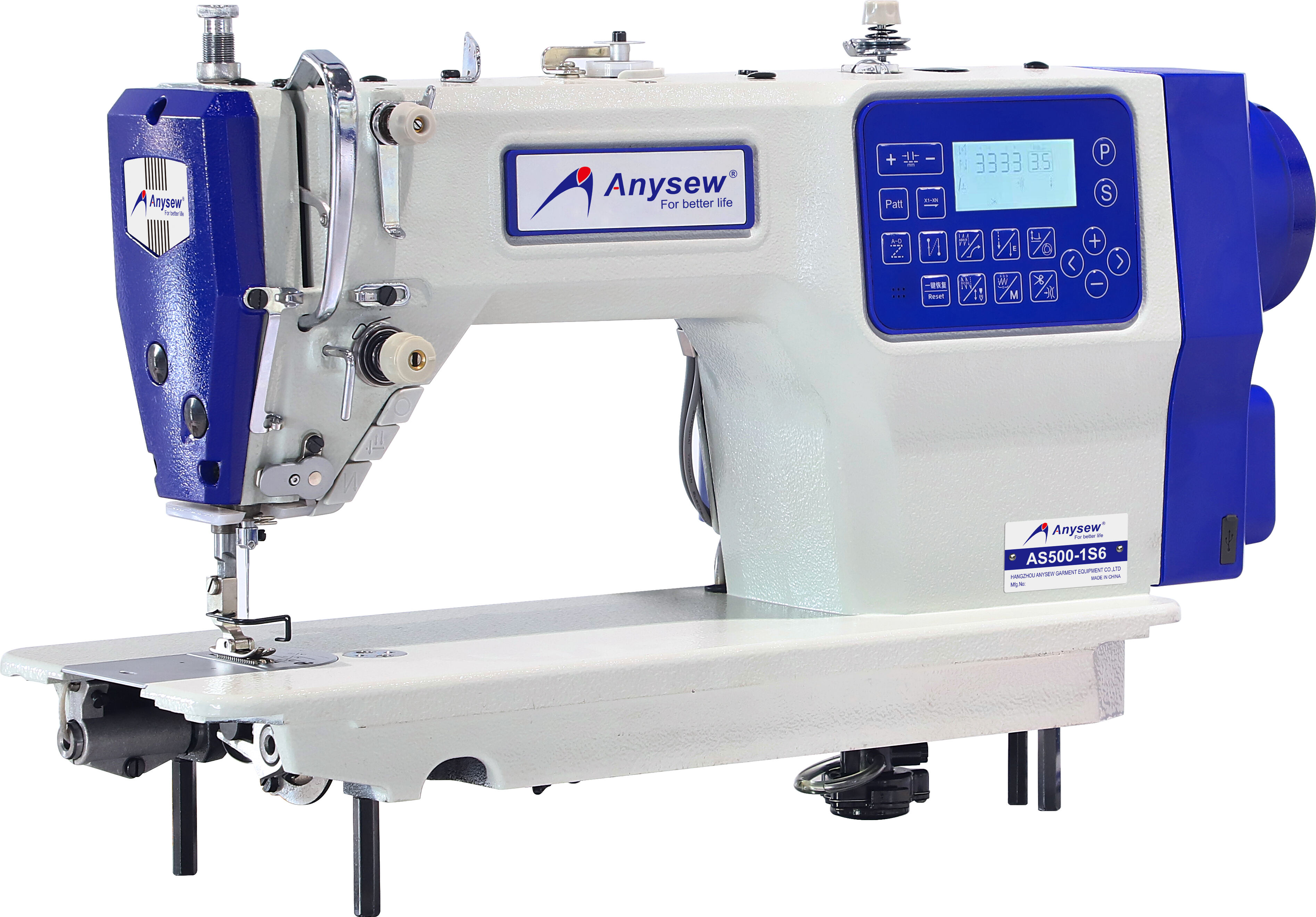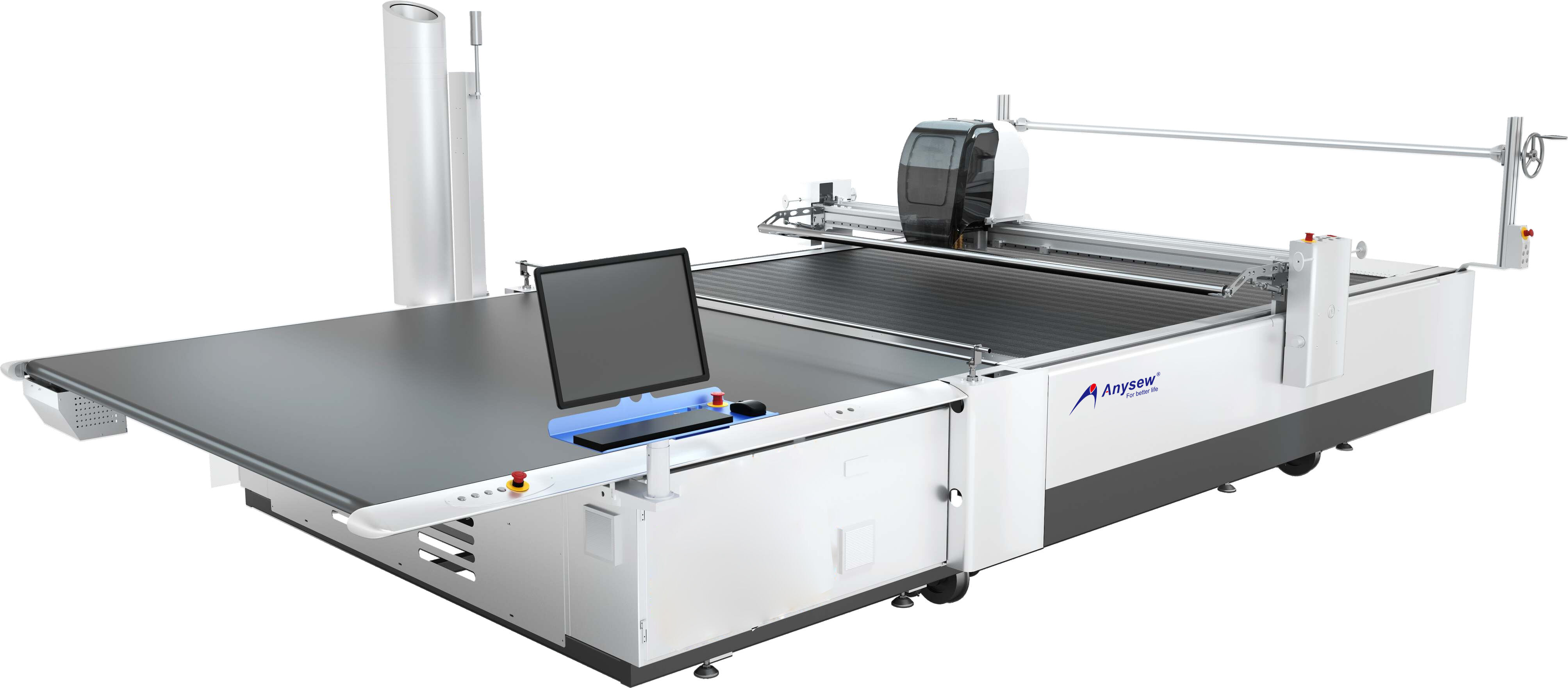dc servo motor
A DC servo motor is a sophisticated electromechanical device that combines precise position control with reliable performance. This specialized motor system consists of a DC motor, a position feedback mechanism, and a control circuit that works together to achieve accurate motion control. The motor operates by converting electrical energy into mechanical rotation, while the integrated feedback system continuously monitors and adjusts the shaft position to maintain desired accuracy. The motor's design allows for rapid acceleration and deceleration, making it ideal for applications requiring quick response times and precise positioning. DC servo motors are engineered to provide consistent torque throughout their operating range, ensuring smooth operation even at low speeds. They feature built-in encoders or resolvers that provide real-time position feedback, enabling the control system to make instantaneous adjustments for optimal performance. These motors are widely implemented in industrial automation, robotics, CNC machines, and precision manufacturing equipment. Their ability to maintain exact positioning while handling variable loads makes them essential components in modern manufacturing processes, medical equipment, and aerospace applications.


